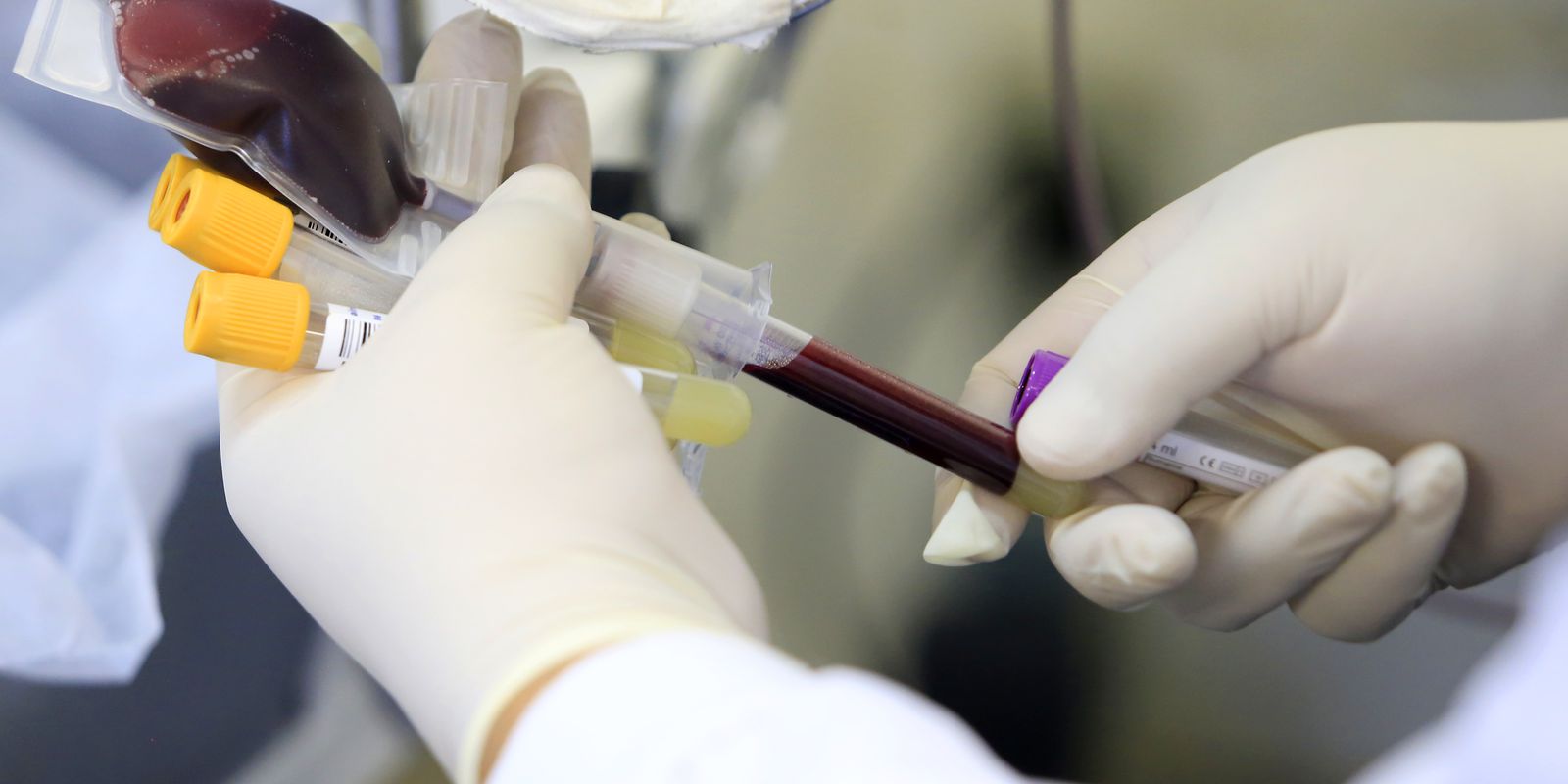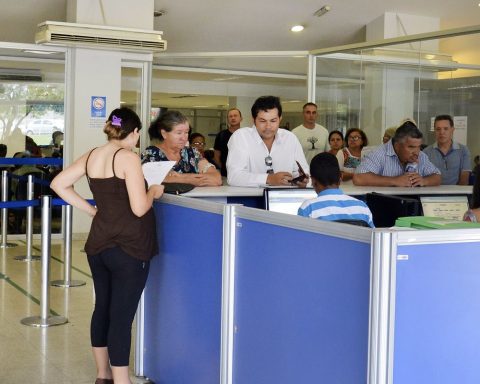More than 13 thousand people in Brazil have hemophilia. according to Hemovida Web System Coagulopathies, until last year, there were 11,141 patients with hemophilia A and 2,196 with hemophilia B, the rarest. Last Sunday (17) was the International Day of Hemophilia, a disease that mainly affects men.
According to the Ministry of Health, there is a free line of care for the disease, with preventive actions and comprehensive treatment offered by the Unified Health System (SUS). In 2021, the Ministry of Health made available 1 billion units of Factor VIII of plasma and recombinant origin, intended for the treatment of hemophilia A; and 150 million units of Factor IX for the treatment of Hemophilia B. The total resource for treating the disease exceeded R$ 1.1 billion.
The ministry explains that hemophilia is a disease characterized by a lack of “clotting factors” in the blood. Treatment for the disease consists of replacing these factors.
The SUS has a network of 32 blood centers in all regions of the country, which have the Hemovida Web Coagulopathies system. This system has a national database for patient registration, clinical data entry, treatment information, application registration, in addition to medication stock control. The tool allows the quality of treatment to be monitored in real time and its planning done in a rational way, with respect to public resources, recalls the ministry.
Symptoms
According to the ministry, in severe and moderate cases of hemophilia, bleeding occurs spontaneously. In general, they are intra-muscular and intra-articular hemorrhages that first wear out the cartilage and then cause bone damage. The main symptoms are severe pain, increased temperature and restriction of movement. The most affected joints are usually the knees, ankles and elbows.
Bleeding episodes can occur as early as the first year of the patient’s life, in the form of ecchymoses (purple spots), which become more evident when the child starts to walk and fall. In mild cases, bleeding occurs in situations such as surgery, tooth extraction and trauma.
Treatment
Earlier this year, the Ministry of Health approved the update of the Manual of Inhibitor Diagnosis and Treatment in Patients with Congenital Hemophilia. The document presents a series of guidelines on the types of treatment for the disease, which still has no cure. The piece also highlights the importance of individualization, as well as recommendations on small, medium and large surgeries.
The earlier the start of treatment, the smaller the sequelae left by bleeding. The patient and caregivers must be trained to apply the factor at home.
And more recently, the ministry added, the revision of the Primary Prophylaxis Protocol for Severe Hemophilia was approved, which is the most indicated form of treatment for these patients, as the treatment is used to prevent and not just to treat bleeding.
In 2019, the drug was incorporated emicizumab for the treatment of individuals with hemophilia A and Factor VIII inhibitors refractory to immunotolerance treatment. The incorporation took place after a recommendation published in a report by the National Commission for the Incorporation of Technologies in the Unified Health System (Conitec) on this technology.
In addition to the new treatment, the ministry highlights other initiatives to improve the quality of life of patients, such as actions to increase diagnosis, monitoring and evaluation, epidemiological surveillance, facilitation of home treatment, systematization of prophylaxis treatment for severe hemophilia, immunotolerance treatment for patients who developed alloantibodies against the infused factor, among others. With the prophylaxis strategy adopted by Brazil, there was a decrease, around 10% per year, in spontaneous bleeding episodes.
recommendations
The Ministry of Health makes the following recommendations:
- Parents should seek medical attention if their child has frequent bleeding that is disproportionate to the size of the trauma;
- Purple spots that appear on the baby, when he hits the crib rails, can be a warning sign for the diagnosis of hemophilia;
- Parents need to be guided on how to deal with their child with hemophilia, bearing in mind that with the resources available today, the child can have a normal life;
- Regular practice of exercises that strengthen the muscles is essential for people with hemophilia. However, higher impact sports such as judo, rugby and football are not recommended;
- The registration of each patient and the inclusion of families in the Hemophilia Treatment Centers with the SUS is essential and guarantees not only access to factors, but also the guidance and support of the multidisciplinary team, which guarantees the conditions for a normal life.














